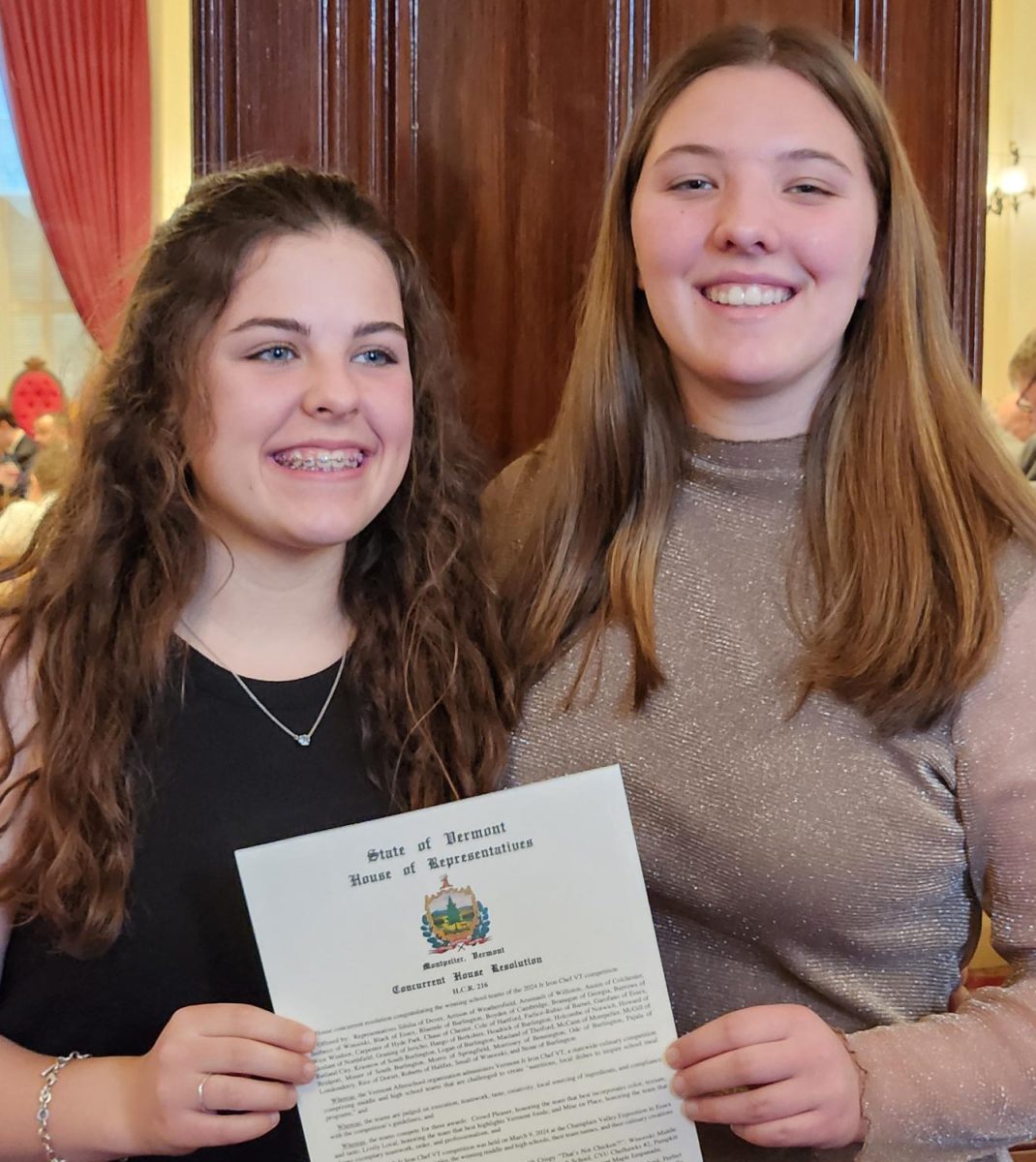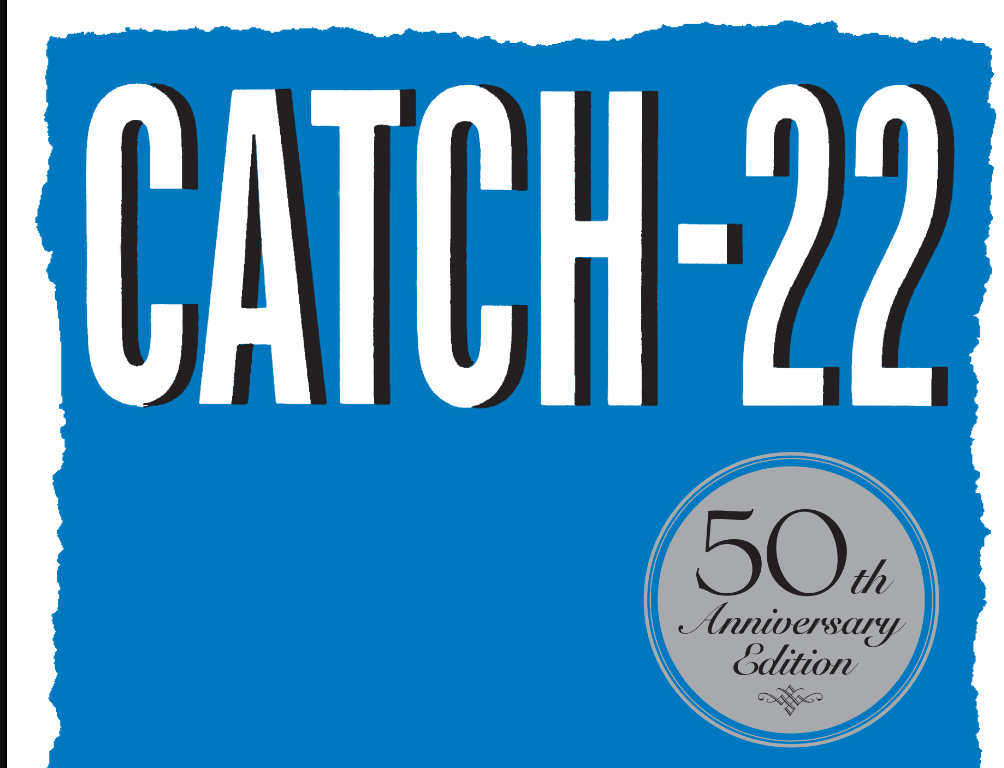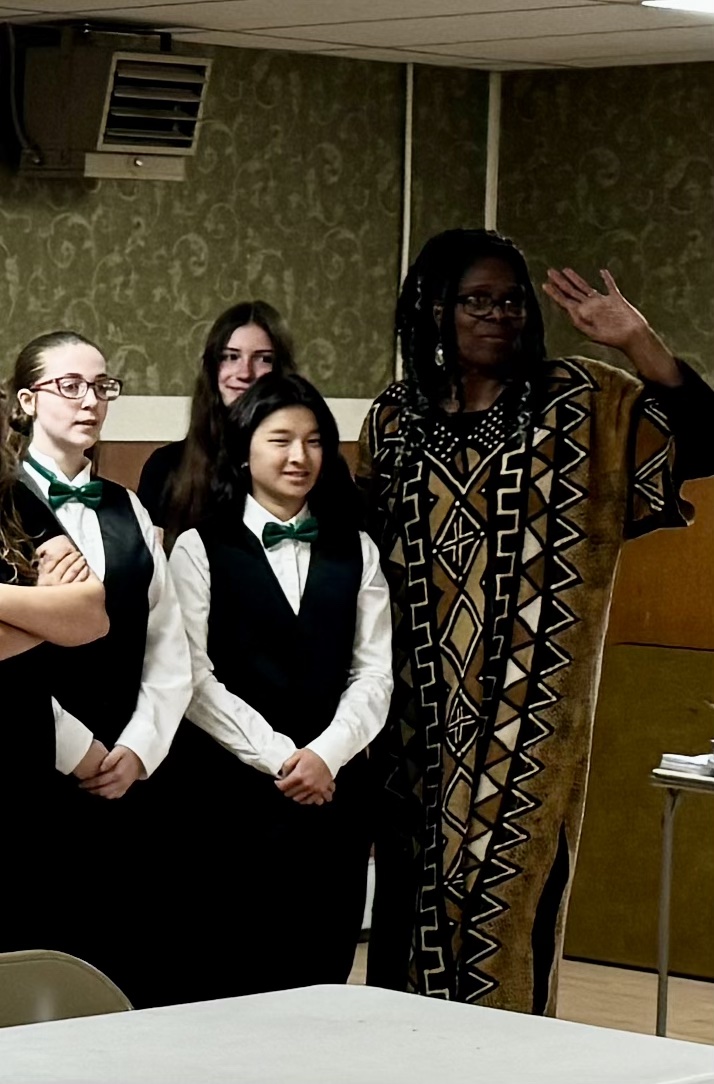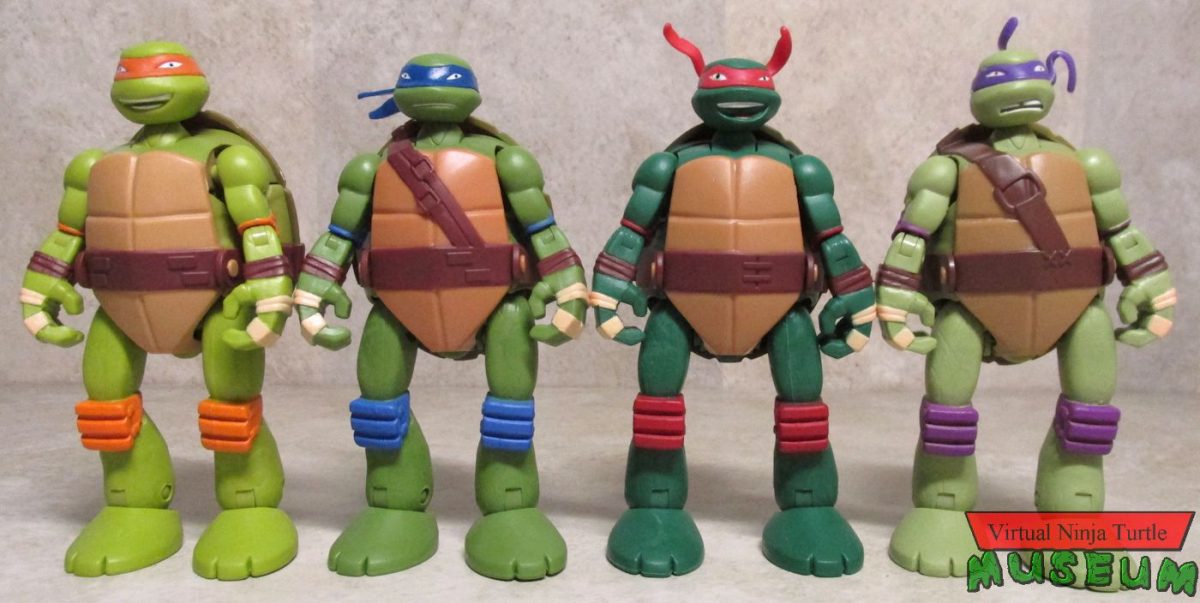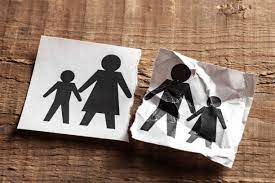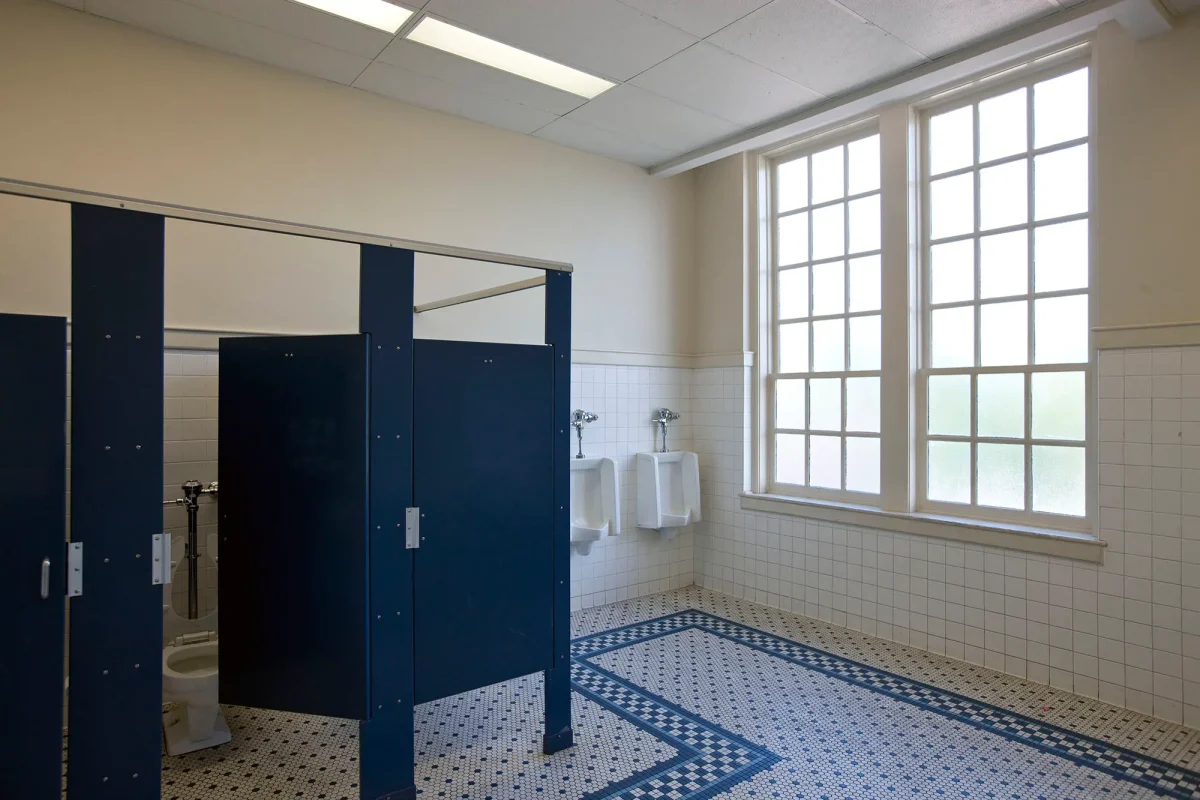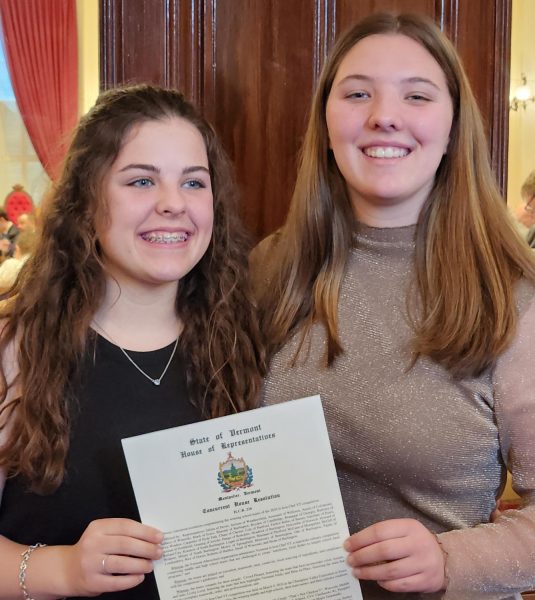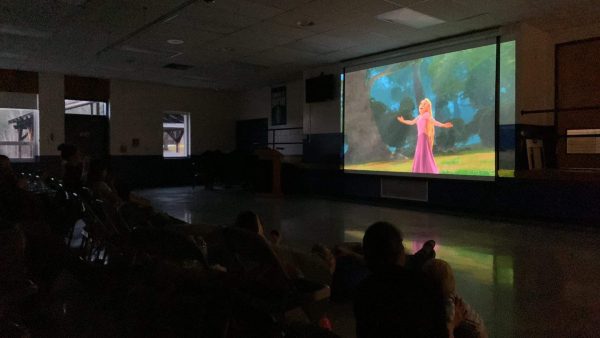Lake Region Dress Code: Where do we Draw the Line?
Student receives dress code violation for “short shirt,” staff emphasizes the need for modesty: Where do we draw the line?
There are various topics of debate that arise in school settings across the globe, one of which is the general dispute over dress codes. Lake Region has proved to be no different. The uphill battle to have a dress code that is satisfactory and efficient for all has been a hot topic for some time now. Known previous attempts to amend the dress code have included letters to staff, meetings amongst students and staff, informative interviewing, and the list goes on. Many in the student body are upset with the current dress code and the fashion in which it has been enforced. To shine light on the situation, we have asked students and staff alike to provide insight on their experiences with the dress code. Our target goal is to give those in the school community a place to voice their concerns and gain a new sense of clarity on the policy that has Lake Region all abuzz.
ABOUT THE POLICY… STUDENTS WONDER: WHAT EXACTLY IS “OBSCENE?”
The dress code policy listed in the Lake Region handbook has stated that students are to wear attire that is “not destructive to school property, is not distracting to the school environment, obscene or objectionable, and complies with the health and safety codes of the State of Vermont.” One continuous question is: what is “obscene,” “objectionable” and “distracting?” Where do we draw the definitive lines? A bright pink paper was sent out at the beginning of this school year, stating that garments such as tube tops and “short” dresses and skirts are prohibited, tacking on that bare midriffs and other clothing categorized as “sexually suggestive or provocative” was not acceptable either. While the dress code policy also states that clothing with “lettering or symbols” defined as offensive by the administration is not allowed, students have expressed that they often see things like crop tops and low-cut shirts called out more often than things like Confederate flags and other offensive symbols.
The new additions mentioned in the pink sheet sent out at the beginning of the year have yet to be reflected in this year’s student handbook, something that many in the student body have been curious about. Upon interviewing, one student, who was called out for something they were wearing and didn’t believe the clothing to be inappropriate, said that it’s difficult because they “have no dress code to reference [in order] to prove [their stance].” This statement was followed up by the same student confirming that the dress code found in the student handbook is the first place they would think to look for a reference, but that “it’s not really helpful because it is so subjective.” Another student mentioned that they were “happy that they have the new one because the other one wasn’t fair,” providing the reasoning that everyone’s bodies are built differently, so the way clothing fits varies from person to person, something that many students have expressed as a dominant concern. Over the course of several interviews, something that has been mentioned in almost every clip is the belief that the dress code comes down especially hard on those presenting female bodies. A handful of students mentioned that the dress code is “biased toward women,” “catering to male students,” and generally not enforced equally between the two gender binaries.
DRESS CODE POLICY “UNCLEAR” OR JUST A COMMUNICATION ISSUE AMONGST STAFF?
When interviewing a staff member, statements were made regarding this same pink sheet. They said that they know that it has brought an “unsure” feeling upon people in and around the school setting, also mentioning that the pink sheet contained a version of the dress code that was “outdated” and “not currently in use.” This staff member also expressed their feelings that the pink slip containing the dress code and the handbook’s use of words like “obscene” and “objectifying” were obscure and that they feel those things could serve to be clarified. They stated that they’ve not been told to pay much attention to articles of clothing that have specific qualities (spaghetti straps, exposed midriff, etc.) unless it displayed hateful symbols, substance-promotion or pornographic content, saying, “We don’t worry nearly as much about kids wearing crop tops as we do with Confederate flags.” The final point made by this staff member is that while dress-coding is not enjoyable or comfortable for the student, it is equally as uncomfortable for the adult that is dress-coding them, stating that the act is “letting [the student] know you were looking at them and thinking ‘hey, that’s inappropriate,’” something that another staff member expressed as the “kiss of death.” With the intention of receiving more solid and direct information, other staff members were interviewed on the way the dress code works and is enforced. When speaking with them, it was clarified that the pink dress code slip sent out during the summer was the most updated version available and was in fact intended to be sent out. Because it has become evident that the student handbook is the first place a student would look under the circumstance of a dress code violation, members of the staff were asked why the updated dress code wasn’t included in the school’s book of conduct and policies, to which they replied that they were “limited in space.”
DOES THE DRESS CODE HANG IN THE BALANCE? “HOW MUCH IS TOO MUCH?”
Student concerns were addressed directly by the staff when it was mentioned that one major worry of the student body was that unequal dress-coding was occurring because of different body types. One staff member stated, “I understand where they’re coming from,” mentioning that “people are built differently, so sometimes a certain article of clothing looks different on [different people],” but there might be “more skin” showing “because of the way that the person is built.” The staff member concluded that thought with the question: “How much is too much?” Addressing the same concern, another staff member stated that people “must wear things that are appropriate for… expressing who [they] are individually and appropriate for [their] body type,” tacking on that that’s “just the reality of our different structure and size.” When asked about feelings surrounding the structure of the dress code policy itself, these same staff members stated that although they feel “solid” in the current structure of the policy, they are “open to hearing from kids,” with the intention of “finding balance” and creating an “environment where all are treated the same.” One additional concept that was integrated into the interview of the previously mentioned staff members was that they’d like to see students “self-monitor” what they choose to wear, stating that it was a “decision you have to make for yourself.”
Throughout all of the interviews, students were consistent in the belief that the dress code still needs some work, stating that it should “be fitting for the day and age we live in” and that students “shouldn’t have to be worried about [being called out for what they’re wearing]” in a place where education and growth are the top priorities. Various students also touched on the desire for a dress-code that served both gender binaries equally, one using the reasoning that those presenting female structures deserved “just as much of a right to an education” as those presenting male structures. To this, staff members stated that although “student input would be great,” it’s not “possible to come up with something that truly would make everyone happy.” To echo the questions that seem to be on everyone’s minds: “How much is too much?” And where do we draw the line?




